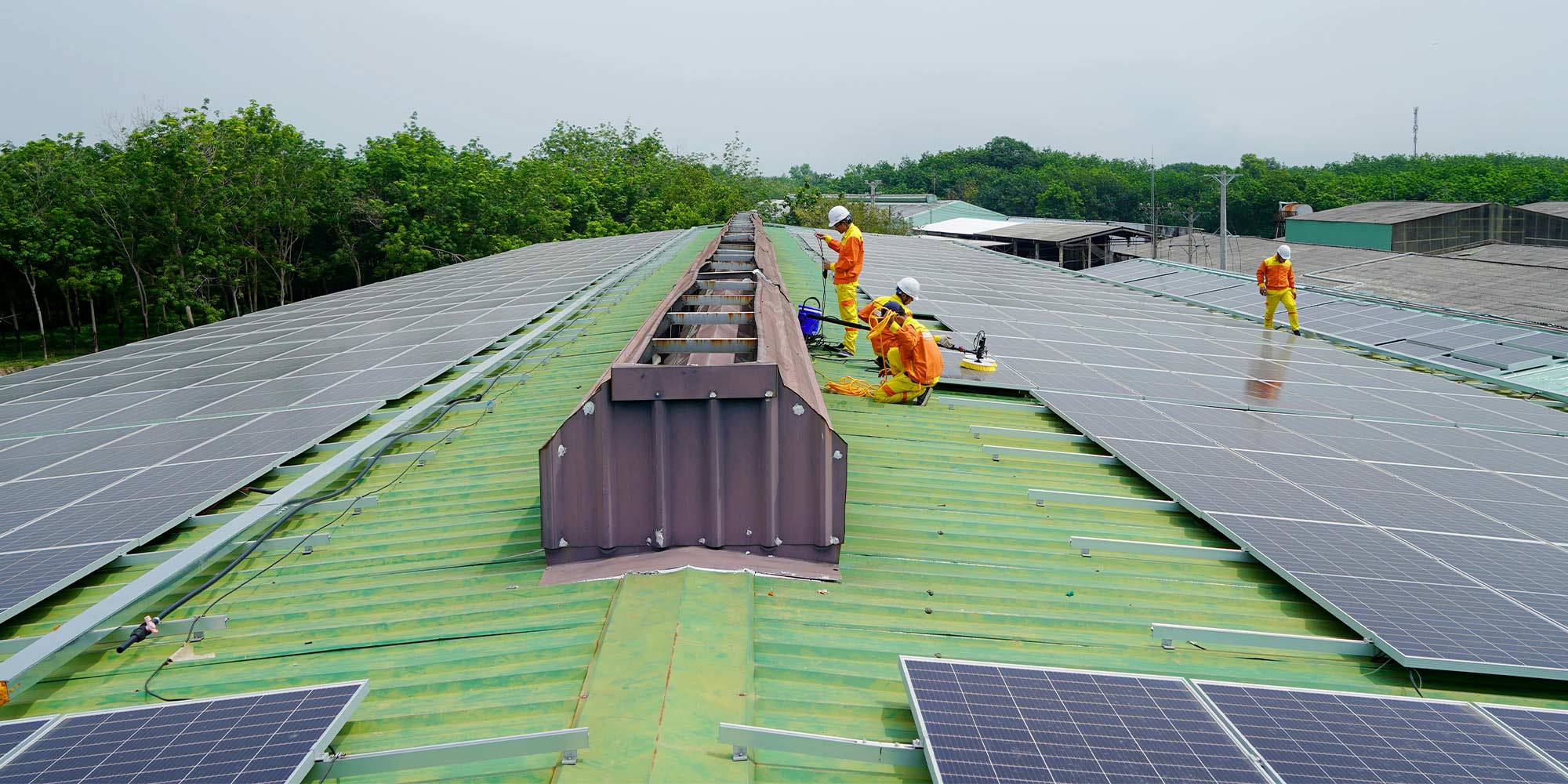Introduction:
In the pursuit of sustainable energy solutions, solar power has emerged as a frontrunner, offering a clean, renewable, and abundant source of energy. However, the efficiency and performance of solar panels can be further optimized through the utilization of advanced coating materials. These coatings serve to enhance light absorption, reduce reflection, protect against environmental degradation, and promote self-cleaning mechanisms, all of which contribute to maximizing solar efficiency. In this comprehensive guide, we’ll explore the transformative potential of advanced coating materials in optimizing solar efficiency and driving the transition towards a cleaner, more sustainable energy future.
1. Understanding the Importance of Solar Efficiency
Solar efficiency refers to the percentage of sunlight that is converted into usable electricity by solar panels. Maximizing solar efficiency is critical for enhancing energy production, reducing costs, and mitigating environmental impacts associated with conventional energy sources. Advanced coating materials play a crucial role in improving solar efficiency by enhancing light absorption, minimizing energy loss, and prolonging the lifespan of solar panels.

2. Enhancing Light Absorption with Advanced Coating Materials
Advanced coating materials, such as nanostructured coatings and spectrally selective coatings, are designed to optimize light absorption by solar panels. Nanostructured coatings incorporate nano-scale features that trap and scatter incoming sunlight, increasing the path length of light within the panel and enhancing absorption by the photovoltaic cells. Spectrally selective coatings selectively absorb certain wavelengths of light while reflecting others, allowing for more efficient energy conversion across the solar spectrum.
3. Reducing Reflection and Losses
Reflection of sunlight from the surface of solar panels can lead to energy losses and reduced efficiency. Advanced coating materials, including anti-reflective coatings and textured surfaces, help minimize reflection and maximize light capture. Anti-reflective coatings reduce surface reflection by altering the refractive index of the panel surface, while textured surfaces scatter incident light, reducing the angle of reflection and increasing the probability of absorption by the solar cells.
4. Protecting Against Environmental Degradation
Solar panels are exposed to various environmental stresses, including UV radiation, moisture, temperature fluctuations, and mechanical abrasion, which can degrade their performance over time. Advanced coating materials, such as UV-resistant coatings, hydrophobic coatings, and scratch-resistant coatings, provide protection against these factors, prolonging the lifespan of solar panels and maintaining their efficiency under harsh operating conditions.
5. Promoting Self-Cleaning Mechanisms
Accumulation of dust, dirt, and other contaminants on the surface of solar panels can reduce light transmission and impede energy production. Advanced coating materials with self-cleaning properties, such as hydrophobic coatings and photocatalytic coatings, help mitigate this issue by repelling water and promoting the decomposition of organic matter. Self-cleaning coatings ensure that solar panels remain clean and free from debris, maximizing their efficiency and reducing maintenance requirements.
6. Advancements in Manufacturing and Application Techniques
The widespread adoption of advanced coating materials in the solar industry is facilitated by advancements in manufacturing and application techniques. Thin-film deposition methods, such as chemical vapor deposition and physical vapor deposition, enable precise control over coating thickness and composition, resulting in coatings with tailored properties and improved performance. Additionally, roll-to-roll coating processes allow for high-throughput production of coated solar panels, reducing manufacturing costs and increasing scalability.
7. Real-World Applications and Case Studies
Advanced coating materials have been successfully implemented in a wide range of solar applications, including residential, commercial, and utility-scale installations. Real-world case studies demonstrate the effectiveness of these coatings in improving solar efficiency, increasing energy production, and reducing operating costs. From rooftop solar arrays to solar farms, advanced coating materials are driving innovation and enabling the widespread adoption of solar energy worldwide.
8. Future Directions and Emerging Technologies
Looking ahead, the future of advanced coating materials in solar applications is promising, with ongoing research and development efforts focused on further improving performance, durability, and cost-effectiveness. Emerging technologies, such as perovskite solar cells and quantum dot coatings, hold the potential to revolutionize the solar industry and unlock new opportunities for maximizing solar efficiency. Collaborative efforts between researchers, manufacturers, and policymakers will drive continued innovation and adoption of advanced coating materials in the pursuit of a cleaner, more sustainable energy future.
Conclusion:
In conclusion, advanced coating materials play a critical role in maximizing solar efficiency and advancing the transition towards renewable energy. By enhancing light absorption, reducing reflection, protecting against environmental degradation, and promoting self-cleaning mechanisms, these coatings enable solar panels to operate more efficiently and reliably, ultimately contributing to a cleaner, more sustainable energy future for generations to come.